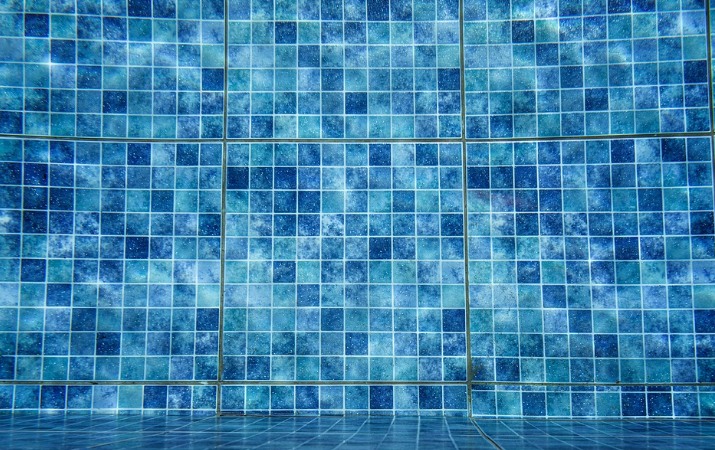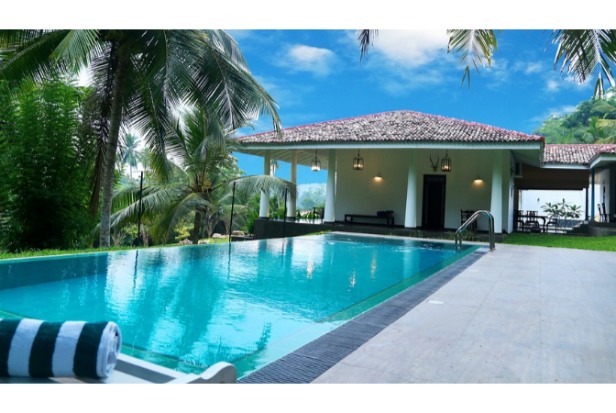How to Cool off Your Swimming Pool Temperature Quickly
Learn how to keep pool water cool after you’ve reduced the temperature in your pool by reading on.
How to Cool Down a Swimming Pool
Run Your Filter at Night
Running your filter at night, when the air is cooler, is the most practical solution. This will help the water to evaporate, thus making your pool a bit more refreshing in the morning.
Is there a better option since that won’t significantly reduce the heat in your pool and you don’t intend to install a water cooling system?
Cool Your Pool Down With Ice
Of course! But it’s a bit more drastic. Your pool COULD be filled with ice, which is almost amusing. If you had access to a lot of ice for a reasonable price, why not? I know it sounds strange, and it is.
Okay, so while this isn’t the best long-term plan, it can be used in a pinch. Ice can be used to quickly cool down your pool if you absolutely, positively must.
It stands to reason that using ice has a number of disadvantages. First, it’s going to cost you. Several thousand pounds of ice are required to chill a pool of average size. It will cost you anywhere between $200 and $500, depending on where you buy it (and whether you can actually buy that much ice).
Additionally, it won’t last, which is a drawback. The temperature of your pool will drop quickly and rise just as quickly. All the work your ice did will quickly melt away (pun intended). However, there’s no denying that the pool will be cooler.
Ice might be the best option if you’ve already planned that pool party and there’s no way you’re going to let your guests down with a lukewarm pool.

Remove Landscaping
If there are many trees or other plants obstructing your pool, this may make it heat up more quickly (which is great if you’re trying to keep your pool warm). In order to keep your pool cool, you need air to flow across it. So get rid of anything that might be getting in the way of the wind blowing across your pool’s surface.
Improve Your Shading
You can see why Florida has such a bad reputation by spending even a minute in the summertime sun. And that is just one part of your body that it has an impact on. Consider how much larger a pool’s surface area is now. Consider the energy the sun is providing it with.
In order to keep your pool cooler, the sun is your biggest foe. So one of the most effective and efficient ways to cool down your pool is to shade it. Every bit of shade you can give your pool is sunlight your pool won’t have to absorb.
To increase the shading around your pool, you can employ a number of tactics. The most obvious is to use artificial sources of shading.
Possible solutions include shade sails, parasols, pergolas, and enclosures. You should strike a balance between coverage and cost that is within your means. Natural shading is the alternative strategy. Using vegetation will improve the appearance of your entire outdoor area and is a more long-term solution.
Your pool will look great and receive all the necessary shade if you enlist the help of a landscape professional. Remove components that obstruct airflow is another aspect of this strategy. Your pool won’t get much wind if there are a lot of trees, supporting structures, and other barriers nearby.
Evaporation can be naturally cooled by airflow in your pool. Be sure to incorporate natural breezes into your landscaping plan if you want a pool with colder water.
Install a Reverse-Cycle Heat Pump
I would definitely advise spending money on a heat pump if you need to heat your swimming pool. According to Aquacal, “By operating either heating or cooling cycles, heat pumps use a refrigerant to maintain a set swimming pool water temperature.” In other words, some heat pumps can be turned around and used to cool your pool.
Use Your Solar Heater
That is not a typo, I assure you. If you have a solar heating system installed, you can use a tactic called nocturnal cooling. At night—or at any other time when the air temperature is cooler than your pool water temperature—you can run water through your solar panels. Solar panels are excellent at absorbing heat, but they can also release it, which cools the water as it passes through them and returns to your pool.
Install a Water Fountain
Moving water maintains a constant temperature advantage over still water. Additionally, aerating the water will aid in preserving its cooling. Installing a straightforward fountain next to your return jets is the simplest way to accomplish this. Putting in a waterfall or pool slide is another option.
We prefer using this approach. Pool fountains are not only practical, but entertaining as well! Furthermore, it is much simpler than purchasing a truckload of ice or tearing up landscaping.
FAQs
Will Dry Ice Cool a Pool
Dry ice instantly transforms into a gas when it comes into contact with water, but the gas evaporates too quickly to effectively cool the water. By comparison, it would take, depending on what you read, somewhere between 500 and 1,000 pounds of real ice to cool an average size pool by 5 degrees.
Is Evaporative Cooling for a Pool Effective?
The use of pool water for the evaporative effect is typically not advised.
How to Cool Down Water in Above Ground Pool
The water can be effectively cooled down with the help of inexpensive above-ground pool fountains.
However, a straightforward fountain from a store or Amazon works just as well. You can make one yourself using PVC and some basic plumbing knowledge.
How Much Does a Fountain Cool a Pool
Airborne droplets of pool water are given oxygen when they are sprayed into the atmosphere. They become cooler as a result, bringing the cooler pool temperature with them when they fall back into the water. Run a fountain long enough, and you can see a drop in temperature from 2 to 4 degrees.
